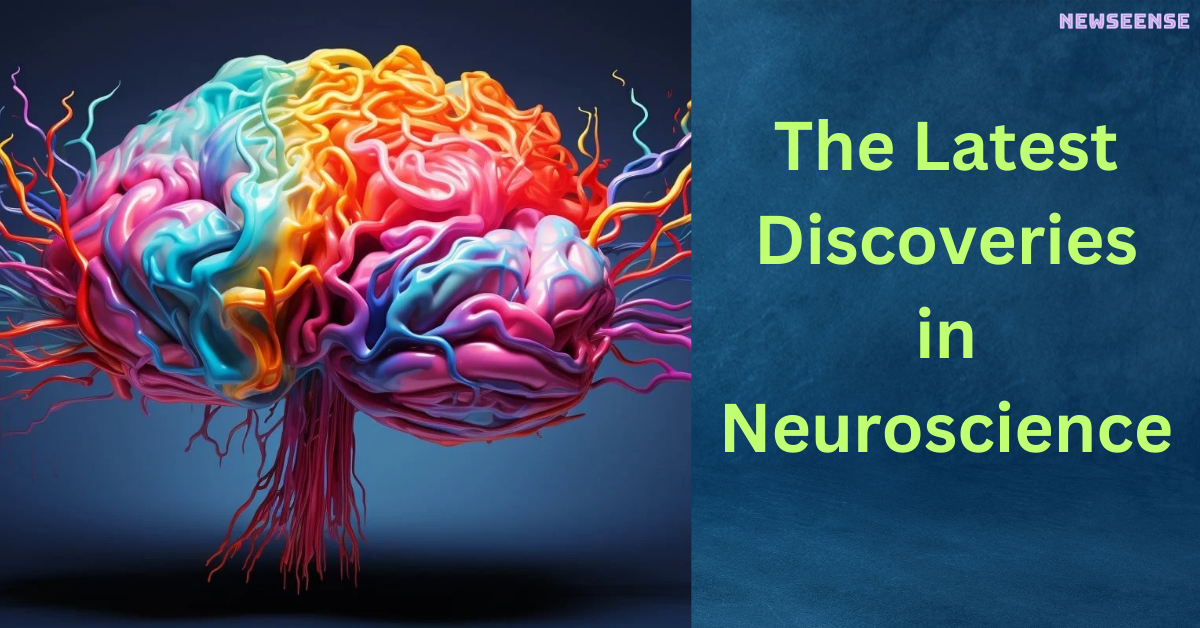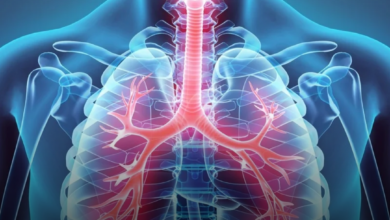
Neuroscience is a rapidly evolving field, and new discoveries are being made all the time. In this blog post, we will explore some of the latest discoveries in neuroscience related to anxiety.
Table of Contents

What is Anxiety?
Anxiety is a feeling of worry, nervousness, or unease about something with an uncertain outcome. It can be caused by a variety of factors, including stress, trauma, and genetics. Anxiety can have a negative impact on your physical and mental health, so it’s important to find ways to manage it.
Latest Discoveries in Neuroscience and Anxiety
Here are some of the latest discoveries in neuroscience related to anxiety:
- Genetic Driver of Anxiety Discovered: An international team of scientists has identified a gene in the brain responsible for anxiety symptoms and found that modifying the gene can reduce anxiety levels, offering a novel drug target for anxiety disorders.
- Deep Brain Stimulation for Treating Severe Depression: A research team at the University of California San Francisco have successfully developed a method using deep brain stimulation (DBS) to adaptively treat depressive symptoms only when they appear. This custom DBS method was tested with a patient suffering from severe depression and passed with flying colors. Almost immediately, the patient’s symptoms were alleviated, and this continued to be the case long term. In the COVID era, where anxiety and mental health problems are becoming rife, this approach could prove an invaluable drug-free therapy for hundreds of millions of people.
- Beyond Human Hearing: Scientists at Aalto University have developed a device that gives humans bat-level hearing. This includes not only the ability to hear frequencies well beyond 20,000 Hz, but also to discern the direction and distance of the sound sources. For biologists for example, it allows people to track otherwise stealthy bats in flight, and locate their positions.
- The Biology of Anxiety: Anxiety is a normal response to threat, and the discomfort it creates is meant to capture attention and stimulate a protective response. But too often, the anxiety is excessive, or sustained, or inappropriate to what set it off, and it interferes with every-day functioning—or sets in motion maladaptive behaviors, from avoidance of threat-generating situations to substance use, to avoid the discomfort of anxiety. A number of neural structures play a role in anxiety, but the one that gives it its strong emotional color is the amygdala. The rational, thinking prefrontal cortex is responsible for interpreting the nature of the threat and orchestrating a behavioral response. Other brain areas also respond to the threat, and the signals they generate turn on the stress response, activating all the body systems for fight or flight.
- The Science of Anxiety: Anxiety is a complex emotion that involves many different parts of the brain. The amygdala, hippocampus, and prefrontal cortex are just a few of the areas that play a role in anxiety. Researchers believe that anybody can experience a bout of debilitating anxiety. But some people seem to be dispositionally inclined to anxiety: Their defense systems—possibly tuned by genes or temperament, possibly by early experience, possibly by over- or underactivity of some area of the brain—are poised to over-interpret neutral situations as threatening or to overreact to threatening situations.
Conclusion
Neuroscience is making rapid strides in understanding the brain and how it works. These latest discoveries in neuroscience related to anxiety offer hope for those who suffer from anxiety disorders. By identifying the genetic driver of anxiety, developing new therapies like deep brain stimulation, and understanding the biology of anxiety, we can better manage this condition and improve our overall well-being.
Also read: https://newseense.com/the-benefits-of-genetic-engineering/
- BJP President JP Nadda Issues Notice to Dilip Ghosh Over Controversial Remarks on Mamata Banerjee
- Ram Charan and Kiara Advani’s ‘Jaragandi’ Song from Game Changer Released
- Pre-Match Banter: Rohit Sharma’s Flying Kiss Recreation Adds Spice to MI vs SRH Clash
- Swami Smaranananda Maharaj, President of Ramakrishna Math and Ramakrishna Mission, Passes Away at 95
- Stand-up Comedian Munawar Faruqui Breaks Silence on Social Media After Mumbai Police Detention





